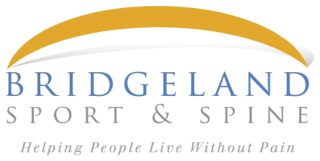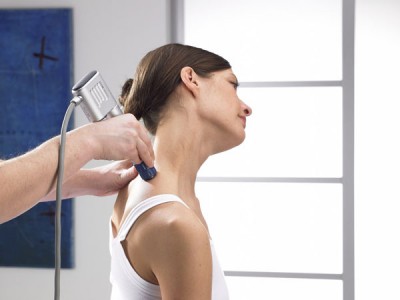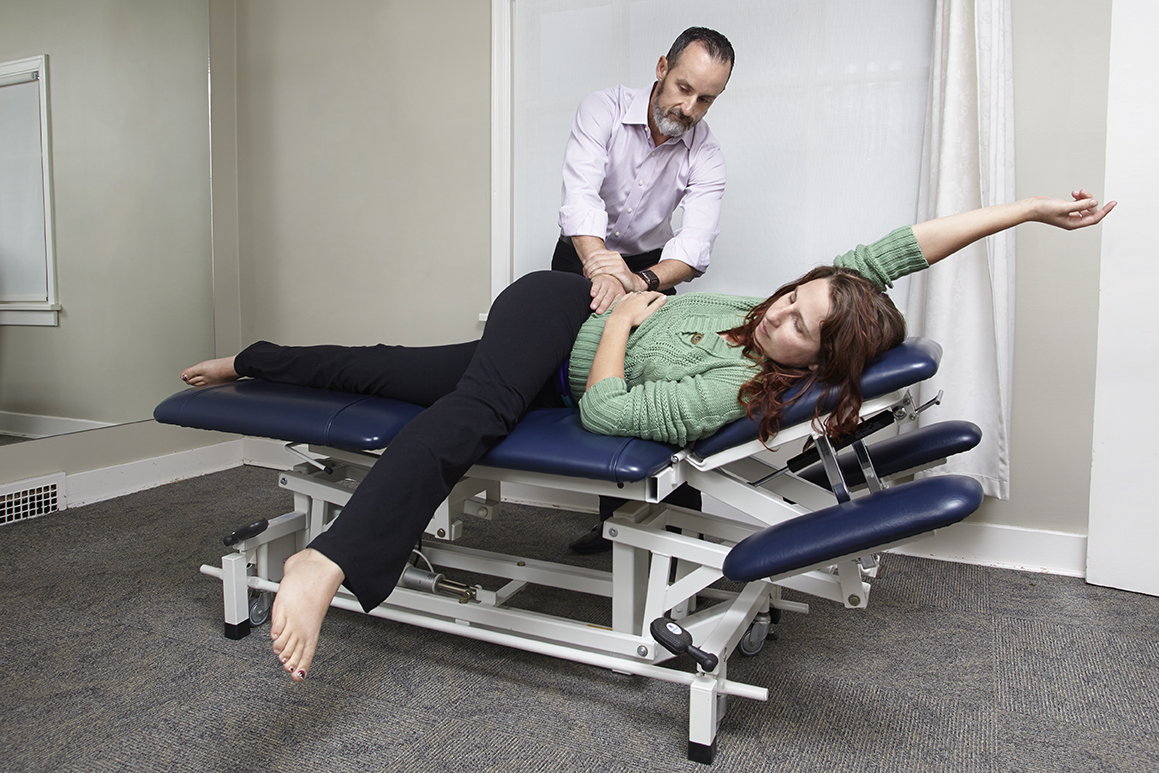This article will review the history and therapeutic applications of Active Release Technique commonly referred to as A.R.T. We hope that with a better understanding of ART our patients will know when to ask for it and what to expect when it is used.
Although we see a wide variety of sports, recreational, and occupational injuries, there tends to be a unifying theme in our treatment approach:
- Calm the tissue down
- get it loose
- normalize joint mobility
- then strengthen
This idea is simple in concept but complex in application. Active Release plays a role in both restoring normal soft tissue health and restoring joint mobility.
Why do we use A.R.T.?
The answer is simple. Our experience has shown that ART can be one of the most efficient modalities in treating the soft tissue component of injuries. We find that it offers rapid progress to the majority of injuries while causing relatively low discomfort to patients.
Where did A.R.T. come from?
Active Release Technique was invented by Dr. Mike Leahy almost 2 decades ago. Dr. Leahy was a former US Air Force aeronautical engineer who had retrained to become a chiropractor. Back then in his clinical practice Dr. Leahy was dissatisfied with outcomes using what were “standard” treatments for carpal tunnel syndrome and other similar repetitive strain disorders. His search for a better treatment method lead him to write a new formula to explain how this type of injury occurs.
Dr. Leahy showed that activities requiring repeated small movements lead to decreased oxygenation of muscles, tendons, and ligaments and the eventual development of fibrosis (commonly referred to as “scar tissue”) in these areas. Typing for five minutes does not cause tendonitis, however small movements with your mouse for 8 hours straight over weeks at a time certainly can. Dr. Leahy theorized that by using specific types of therapy movements with counter pressure from the therapists’ thumb or hand we could break down or reverse this scar tissue accumulation. From that theory he developed, patented and began teaching what has become over 400 protocols for identifying and releasing scar tissue adhesions from various muscles, ligaments, and nerve pathways in the body.
Therapy Review Active Release Therapy
How is it used?
Currently at Bridgeland Sport and Spine both Dr. Hankins and Dr. Anderson retain current certifications as Active Release Techniques providers. During a treatment session incorporating A.R.T. your therapist will move the affected body part (or ask you to move it) through a range of motion and at the same time apply some counter pressure using their thumb or fingers.
The goal here is to break down some of the fibrotic adhesions between muscles, tendons, and ligaments. The same motion may be repeated several times. When this is done, some of the passes will be more for assessment and some will be more for treatment (as a result, some passes might hurt a bit more than others). The discomfort will also vary depending on your tolerance, the severity of the condition, and the specific goals of the treatment session.
As with all treatments it is important to communicate your comfort level during the session so that the depth can be tailored to your tolerance. Sometimes more aggressive sessions are necessary but this can be discussed with your therapist before the session begins, and it is something that you can decide to work towards over time.
Although every injury is slightly different, we will typically use active release treatments twice per week over three weeks as an initial treatment protocol. Depending on the specific problem the next step may be a transition to exercise, IMS needling, or simply additional therapy at a decreased frequency. We encourage you to ask questions during your treatment sessions.


